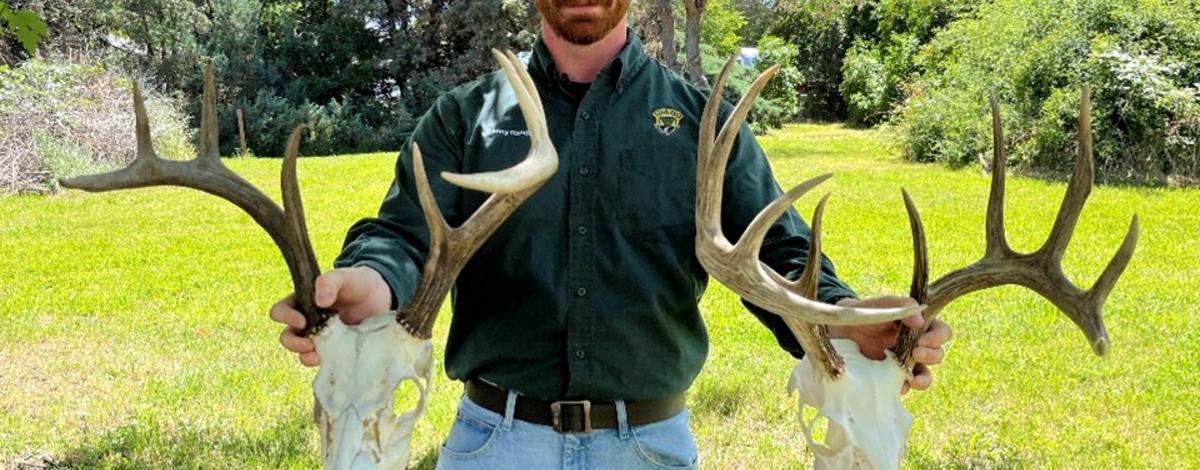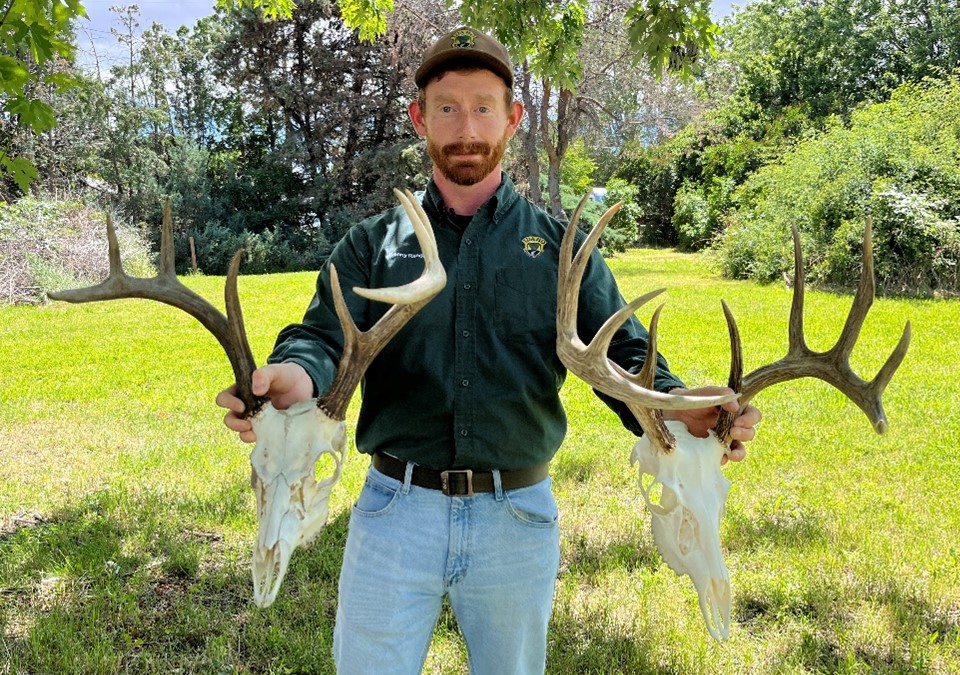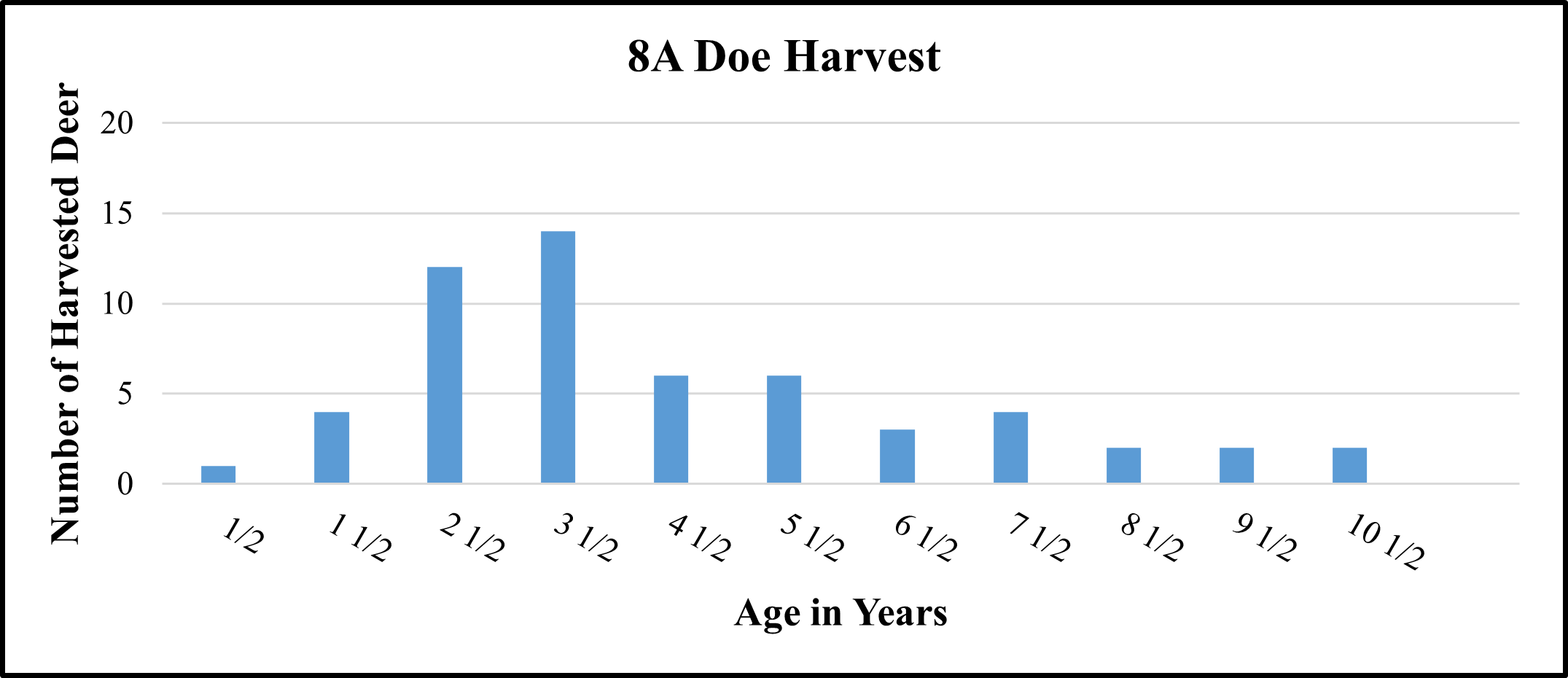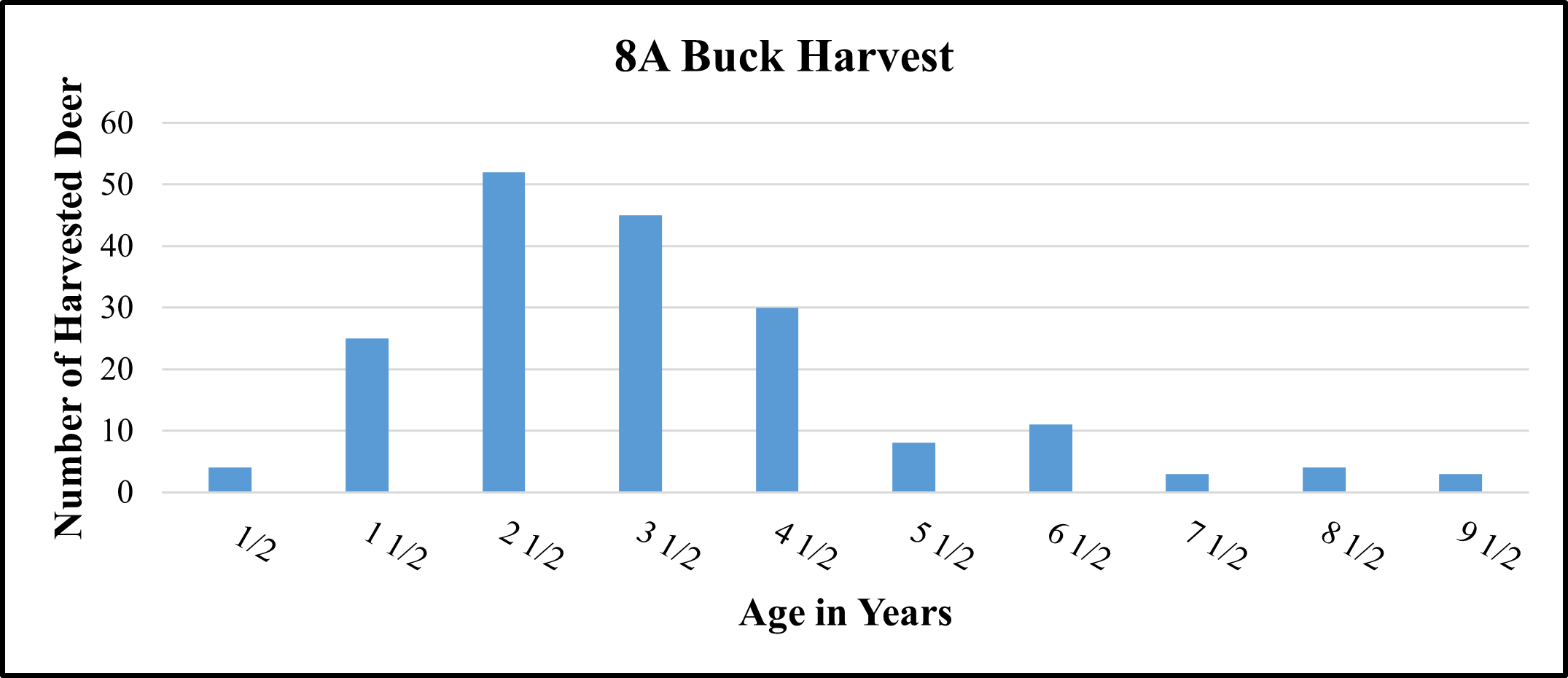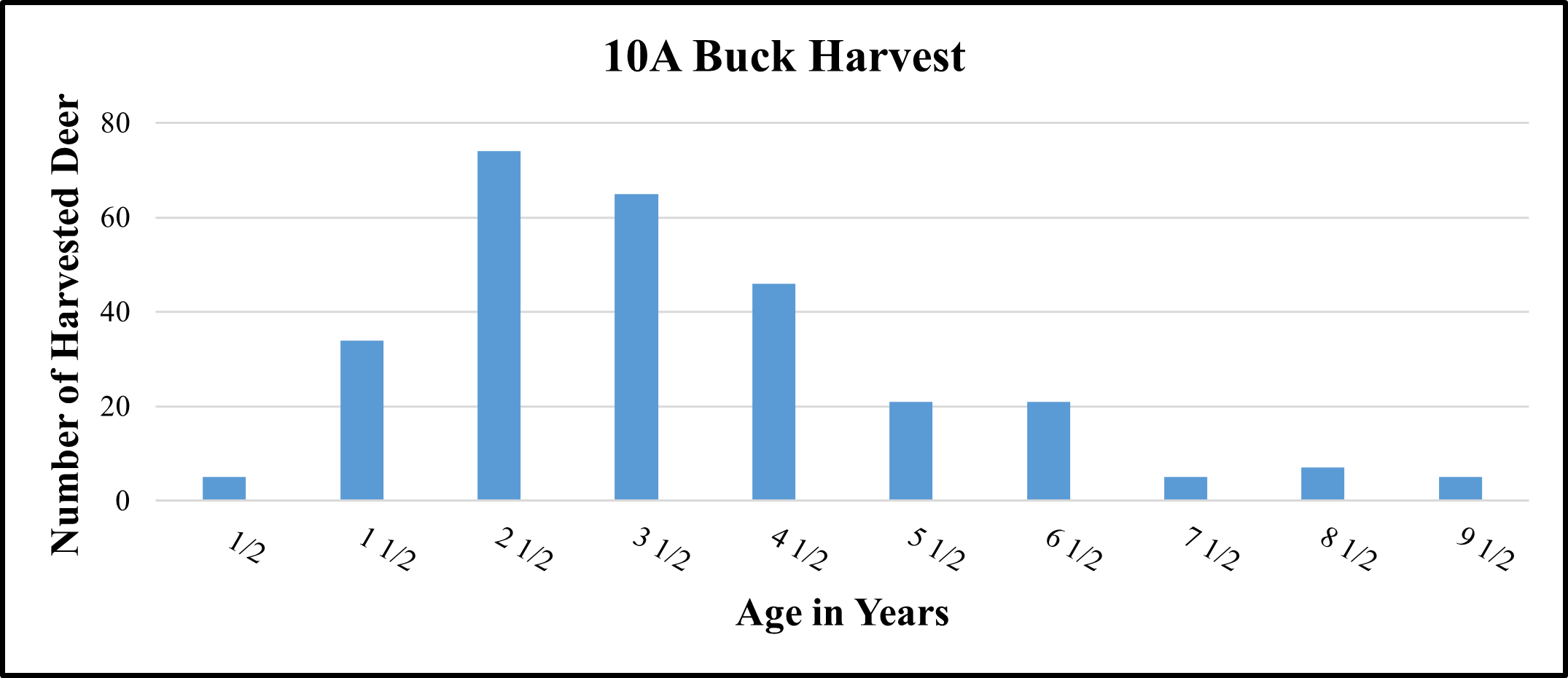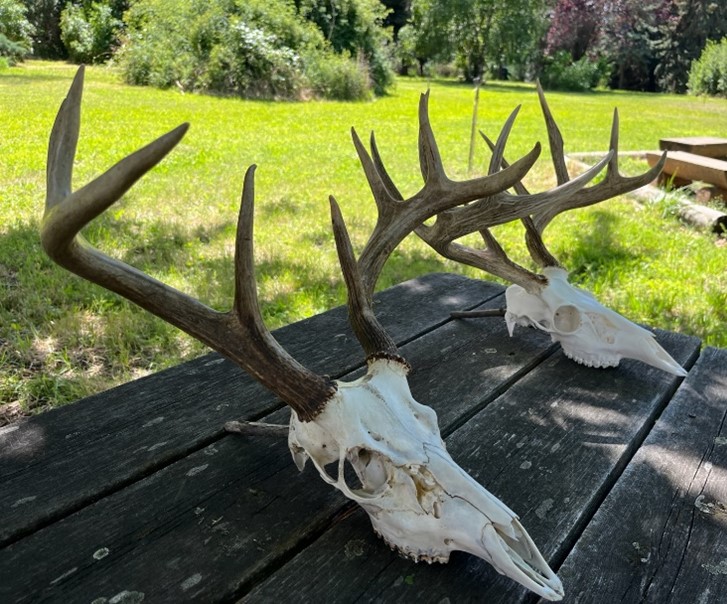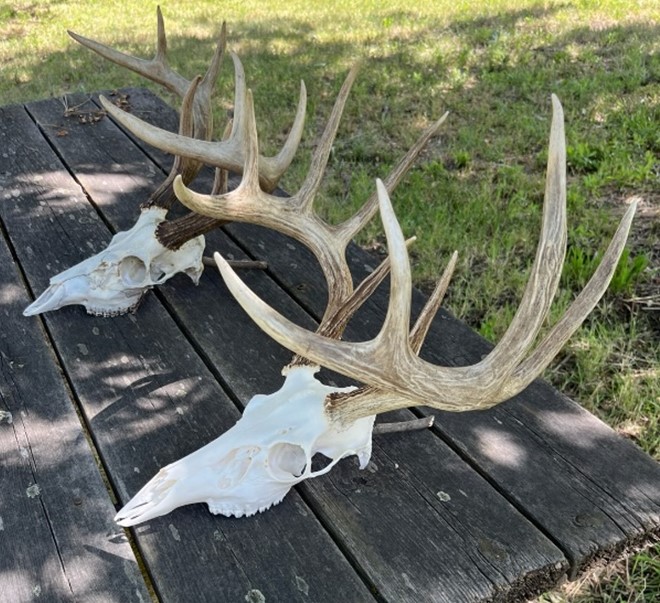Last fall, Fish and Game asked hunters pursuing white-tailed deer in Clearwater units 8A and 10A to provide a tooth from their harvest as part of an ongoing effort to learn more about the age structure of deer in northern Idaho. The goal is to better understand white-tailed deer ages within popular hunting units. Teeth submitted by hunters were sent to the lab for aging.
Results from the lab allow biologists to evaluate the age structure of harvested white-tailed deer. To help encourage participation in this effort, hunters who submitted a tooth from their harvest will be receiving the age results from their tooth in the mail.
The first year of tooth collection is wrapped-up, teeth have been analyzed, and results are on their way to hunters—so keep an eye on your mailbox. For those interested in results from the first year, or if you are a hunter who submitted a tooth and would like to know how your deer’s age compares to other deer submitted as part of this effort, check out the break down in the following sections describing those results for units 8A and 10A.

